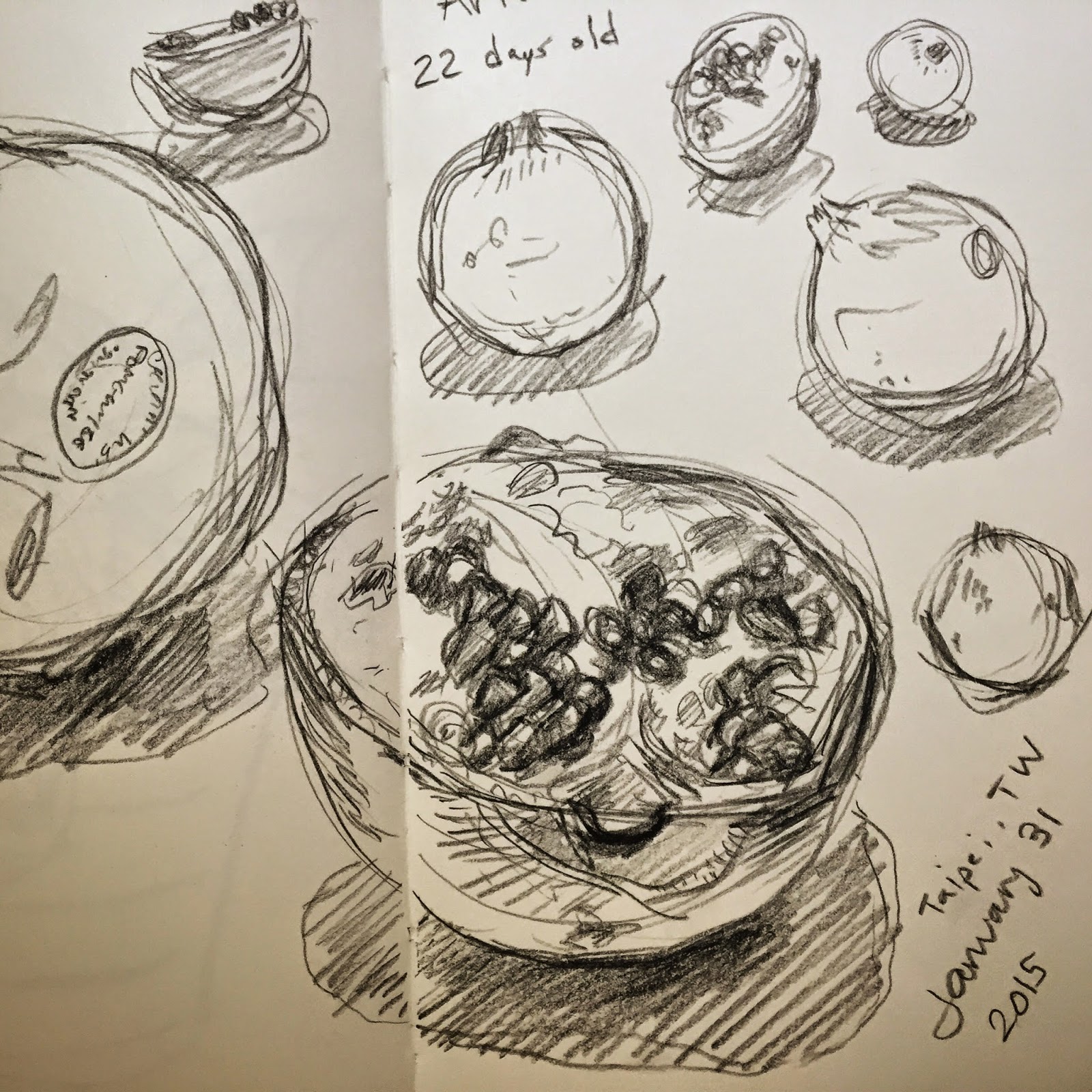It is not often that a comic book movie points reference directly to art history, but Wonder Woman does just that, crediting painter John Singer Sargent with helping to inspire the look for the film. Even without knowing that ahead of seeing the film, you will certainly feel as though you've been immersed into a series of paintings, both landscape and interiors, and both real and fantasy. The combination of realism with fantasy/mythology elements is characteristic of the American Renaissance period Sargent worked during, so essentially this period of art history is ideal for a Wonder Woman film.
The first element that should strike you visually about the movie is that despite using heavy blacks, it is a very colorful movie filled with a classical palette of pigments akin to yellow ochre, viridian green, prussian blue, and burnt sienna. Sargent's affinity for heavy blacks likely came from his study of Spanish painting masters.
Background elements in the movie are often blurred to a point that they resemble a moderately loaded brush deftly painted wet onto a wet. The use of metallic decorative accents in the backgrounds that seem to fade in and out of black space are evident throughout the movie, and to me is a trademark of many of Sargent's grand portraits that use an environment to emphasize the subject of the portrait. In his works it's typically an ornate piece of furniture, a glare from a reflective surface, or a highlight off of a vase, to name a few examples.
Here I have placed young Diana from the movie next to a portrait of Isabella Gardner for some visual comparison, for when I saw this scene it immediately reminded me of her portrait that hangs in her namesake museum in Boston. Notice how blacks help create ambiguous space that draw your eye in the direction of the subject. Notice the elegant radial symmetry in each image that frames the subject. Each is a portrait of a softly modeled woman in an ambiguous space bordering on mythological fantasy.
Looking at the closeup below of a young Diana in Figure A, we can see that the use of natural light (or at least the illusion of it) was a priority in production in order to capture a world lacking in artificial spotlights, representative the world Sargent and his contemporaries were still painting. We see that natural light in many portraits including Mrs. Stokes in Figure B and one of the Boit daughters in figure D. Throughout the movie closeup faces also seem to fade into blackness often, similar to Sargent's portraits like that of Madame François Buloz at LACMA in Los Angeles.

Color tells a story by invoking a feeling within us, and in turn we associate that feeling with the scene at hand. Yellow is often a color used to describe cheery optimism, new beginnings, and warm greetings, but in Wonder Woman it seems to have a more sinister role. The main instances where yellow dominates the scene are at the Nazi camp, and later the scene when Diana is surrounded by mustard gas. I like to think that in production research for the film, a search of "WWI paintings" immediately brought up Sargent's murals of gassed soldiers, and from there the idea that yellow could be a sinister hue in this movie took root.
In contrast to the soft modeling of the female faces in the movie, the look becomes more heavily textured as we move to faces of older gentlemen, as if they're intentionally being lit to emphasize the wrinkles and three-dimensional forms of the faces. In all four images below we are getting a sense of that viridian green in the compositions, either subtle in the face and hair, or liberally in the backgrounds. In both screenshots in Figures E and F we are seeing more examples of the deftly "painted" accent strokes in background and secondary elements, whether the collars of the men in Figure E or the door handles and military insignia in Figure F. The end effect is a image that exists mostly in the lower register in values that has highly contrasting accented elements, all framed around a articulate, weighted, modeled face - a description that would accurately describe many Sargent portraits.
Lastly, I'd like to share one random art history reference I noticed, though not directly pertinent to Sargent. When a flashback of Ares appears in the third act of the movie, I immediately thought of Velazquez's painting of "Mars Resting," a favorite of mine though I have yet to see it in person. This comparison could very well just be a coincidence nonetheless.














































